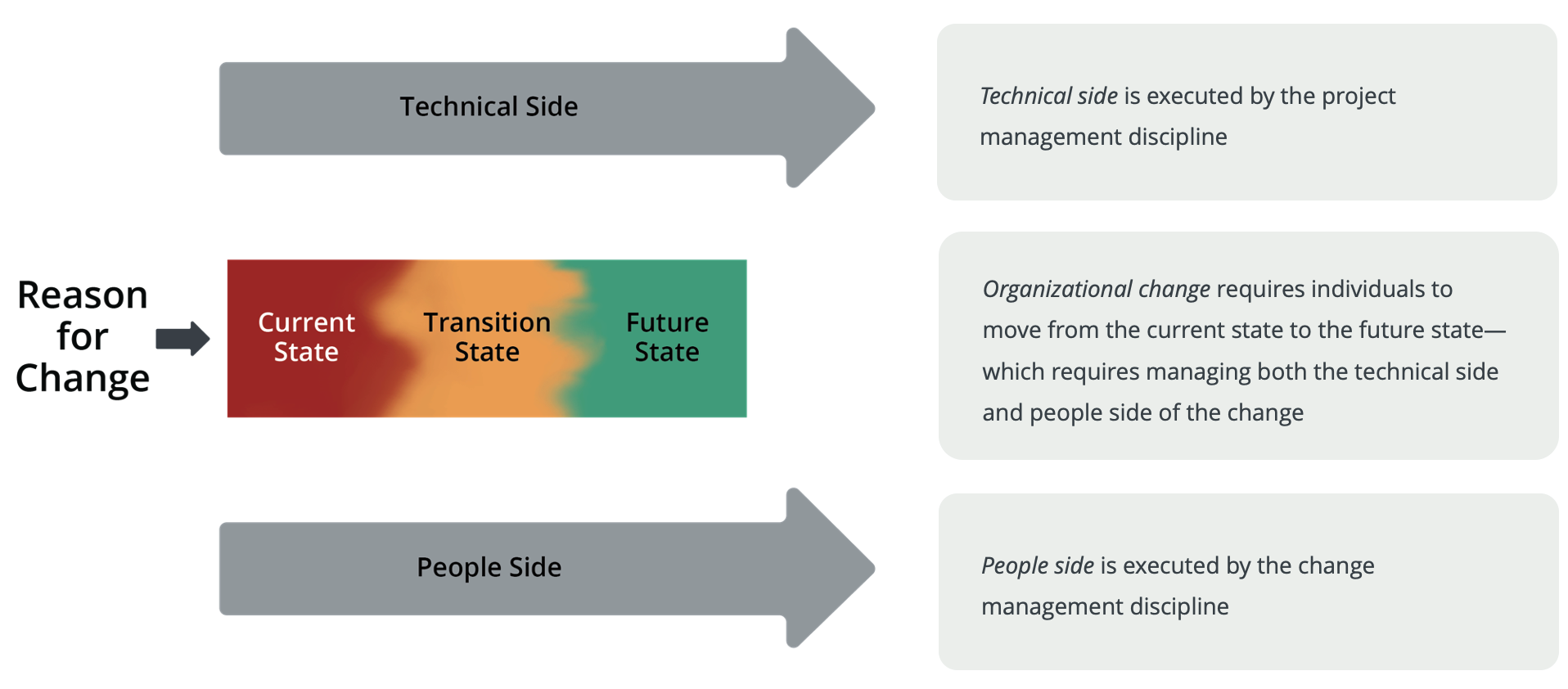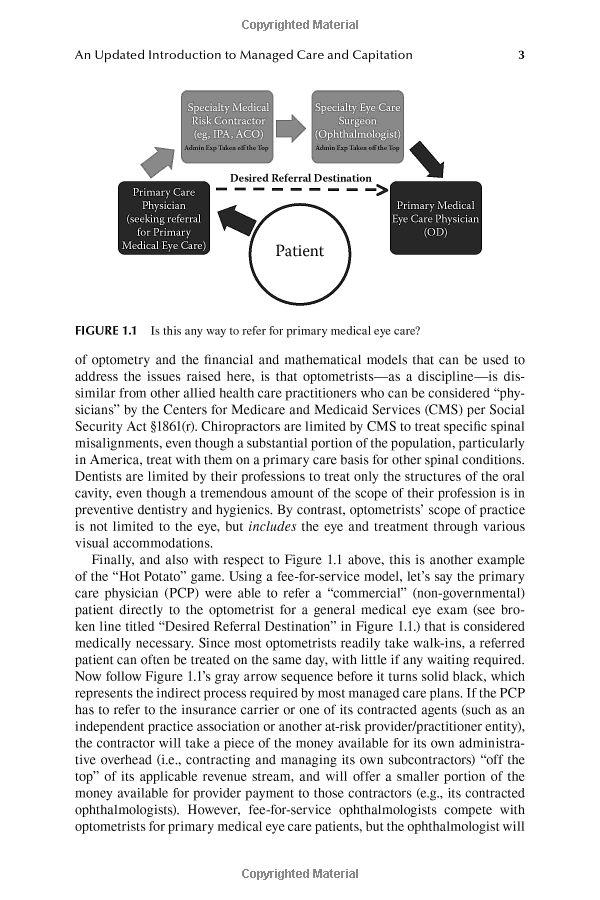Understanding Loan Tranche: A Comprehensive Guide to Structured Financing
#### What is Loan Tranche?A **loan tranche** refers to a portion or slice of a loan that is issued at a specific time and under particular terms. In structu……
#### What is Loan Tranche?
A **loan tranche** refers to a portion or slice of a loan that is issued at a specific time and under particular terms. In structured finance, loans are often divided into tranches to help manage risk and cater to the varying needs of investors. Each tranche may have different interest rates, maturities, and risk profiles, allowing investors to choose which tranche aligns best with their investment strategy.
#### The Importance of Loan Tranches in Financing
Loan tranches play a crucial role in the world of finance, particularly in complex financial products such as collateralized debt obligations (CDOs) and mortgage-backed securities (MBS). By breaking down a loan into smaller, manageable pieces, lenders can attract a broader range of investors. This segmentation allows for flexibility in terms of risk and return, making it easier for investors to find a suitable investment that meets their risk tolerance and yield expectations.
#### How Loan Tranches Work
When a borrower seeks a large sum of money, lenders may opt to structure the loan into multiple tranches. Each tranche can be tailored to different investor profiles. For example, the first tranche might be a senior tranche, offering lower risk and lower returns, while subsequent tranches could be subordinated, providing higher returns at increased risk. This tiered structure allows for a more efficient allocation of capital and helps in managing the default risk associated with lending.

#### Types of Loan Tranches
There are several types of loan tranches, each serving a different purpose:
1. **Senior Tranche**: This tranche has the highest priority in the capital structure. It is typically the first to receive payments and is considered the least risky, making it attractive to conservative investors.
2. **Mezzanine Tranche**: Positioned between senior and junior tranches, mezzanine tranches offer higher returns than senior tranches but come with increased risk. They are often used to fill the gap between debt and equity financing.
3. **Junior Tranche**: This tranche is the riskiest, as it is the last to receive payments. However, it also offers the highest potential returns, appealing to investors willing to take on more risk for greater rewards.

#### Benefits of Using Loan Tranches
Utilizing loan tranches provides several advantages:
- **Risk Management**: By diversifying the loan structure, lenders can manage risk more effectively. Investors can choose tranches that align with their risk appetite.
- **Attracting Investors**: Different tranches cater to a variety of investor preferences, making it easier to raise capital. This flexibility can lead to more favorable financing terms for borrowers.
- **Enhanced Liquidity**: Tranches can be sold or traded in secondary markets, providing liquidity options for investors who may want to exit their positions before the loan matures.

#### Conclusion
In summary, understanding loan tranches is essential for anyone involved in structured finance. They offer a way to manage risk, attract diverse investors, and enhance liquidity in the lending market. By breaking down loans into manageable portions, lenders can provide tailored solutions that meet the needs of both borrowers and investors. Whether you are a seasoned investor or new to the world of finance, familiarizing yourself with the concept of loan tranches can significantly enhance your understanding of structured financing and investment strategies.